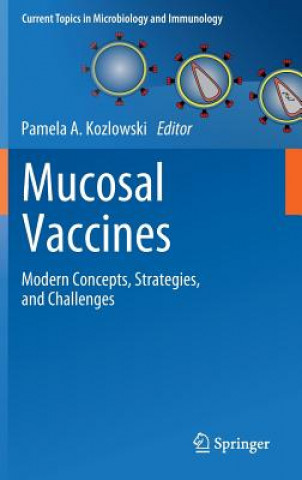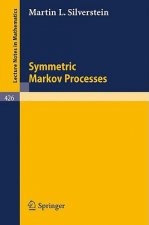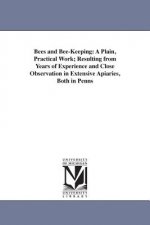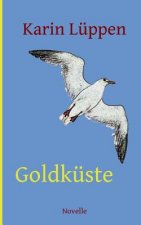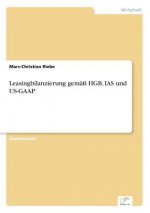
Doručení
Nákupní rádce





Nehodí se? Vůbec nevadí! U nás můžete do 30 dní vrátit
 Dárkový poukaz
V libovolné hodnotě
Dárkový poukaz
V libovolné hodnotě
S dárkovým poukazem nešlápnete vedle. Obdarovaný si za dárkový poukaz může vybrat cokoliv z naší nabídky.
Mucosal Vaccines
 Angličtina
Angličtina
 467 b
467 b
30 dní na vrácení zboží
Mohlo by vás také zajímat


This volume is focused on the development of vaccines which generate immune effectors capable of blocking mucosal entry or peripheral pathogen spread. A critical first step in the design of mucosal vaccines is the selection of administration route. Not all mucosal immunization routes are created equally when it comes to eliciting immune responses in multiple body compartments. This subject and situations when a mucosal route may not be required for vaccine delivery are reviewed here with an emphasis on the sublingual immunization route, which may offer a safer alternative to the nasal route for induction of broadly disseminated immune responses. External host defenses that inhibit entry of microorganisms at mucosal surfaces also pose obstacles to the efficient internalization of mucosally-applied vaccines. Transcutaneous immunization with appropriate adjuvants and permeation enhancers can induce mucosal immune responses and may be advantageous for bypassing these luminal barriers. Other chapters describe strategies for enhancing uptake of mucosal vaccines, for instance through targeted delivery to antigen-sampling M cells, construction of virus-like particles which mimic natural pathogens, addition of mucoadhesives or formulation as nanoparticles. Topics include edible vaccines as well as plant-based production of subunit or particulate vaccines that could be administered by any route. Dry powder vaccines that could be insufflated or directly applied to mucosal surfaces may be particularly ideal for mass vaccination in developing countries. The manufacture, stability and efficacy of powder formulations is comprehensively reviewed. We conclude with chapters on two of the greatest challenges facing mucosal vaccine development: human immunodeficiency virus and bioterrorist agents. This monograph highlights progress and information that should prove invaluable for the development of contemporary vaccines that prevent infection by these and other mucosal pathogens.Most human pathogens utilize mucosal surfaces to access the host. This volume is focused on the development of vaccines which generate immune effectors capable of blocking mucosal entry or peripheral pathogen spread. A critical first step in the design of mucosal vaccines is the selection of administration route. Not all mucosal immunization routes are created equally when it comes to eliciting immune responses in multiple body compartments. This subject and situations when a mucosal route may not be required for vaccine delivery are reviewed here with an emphasis on the sublingual immunization route, which may offer a safer alternative to the nasal route for induction of broadly disseminated immune responses. External host defenses that inhibit entry of microorganisms at mucosal surfaces also pose obstacles to the efficient internalization of mucosally-applied vaccines. Transcutaneous immunization with appropriate adjuvants and permeation enhancers can induce mucosal immune responses and may be advantageous for bypassing these luminal barriers. Other chapters describe strategies for enhancing uptake of mucosal vaccines, for instance through targeted delivery to antigen-sampling M cells, construction of virus-like particles which mimic natural pathogens, addition of mucoadhesives or formulation as nanoparticles. Topics include edible vaccines as well as plant-based production of subunit or particulate vaccines that could be administered by any route. Dry powder vaccines that could be insufflated or directly applied to mucosal surfaces may be particularly ideal for mass vaccination in developing countries. The manufacture, stability and efficacy of powder formulations is comprehensively reviewed. We conclude with chapters on two of the greatest challenges facing mucosal vaccine development: human immunodeficiency virus and bioterrorist agents. This monograph highlights progress and information that should prove invaluable for the development of contemporary vaccines that prevent infection by these and other mucosal pathogens.
Informace o knize
 Angličtina
Angličtina




 Jak nakupovat
Jak nakupovat















